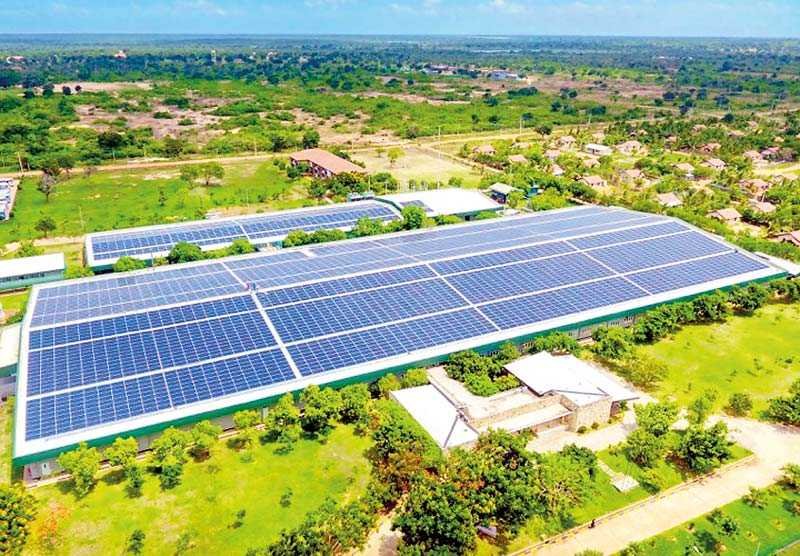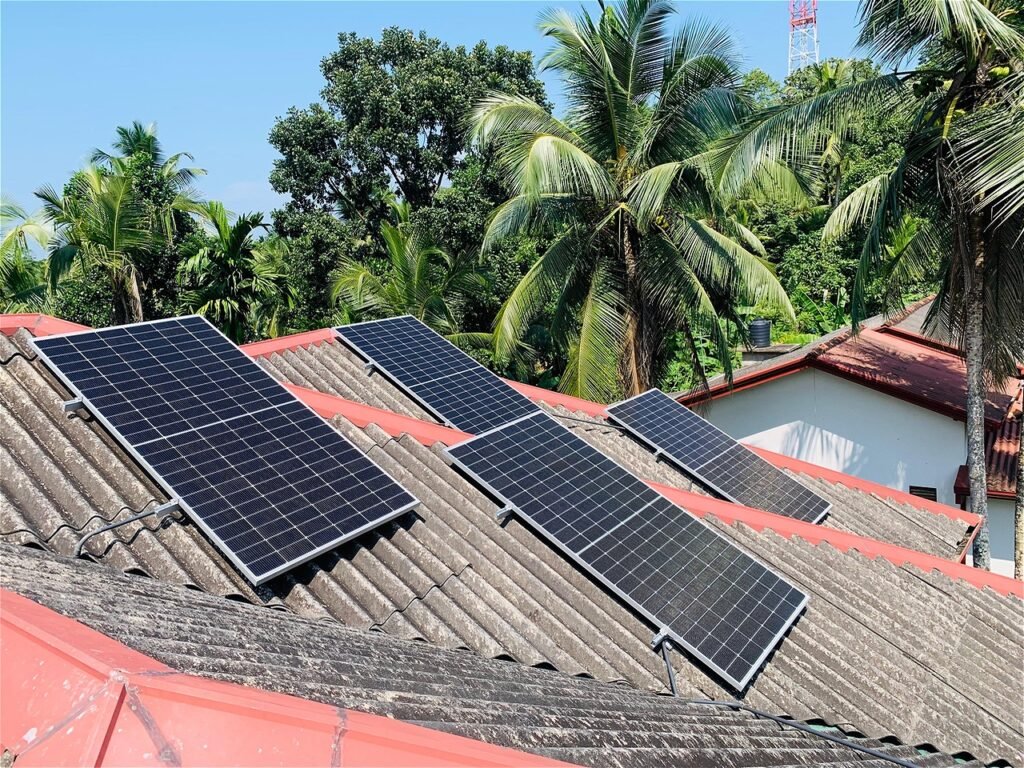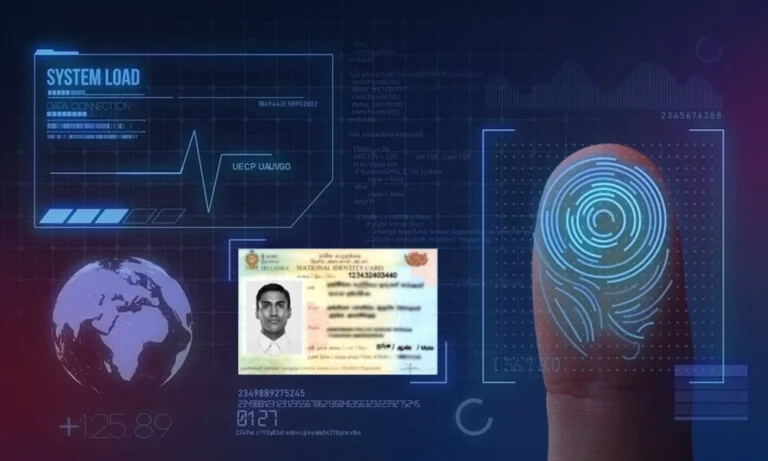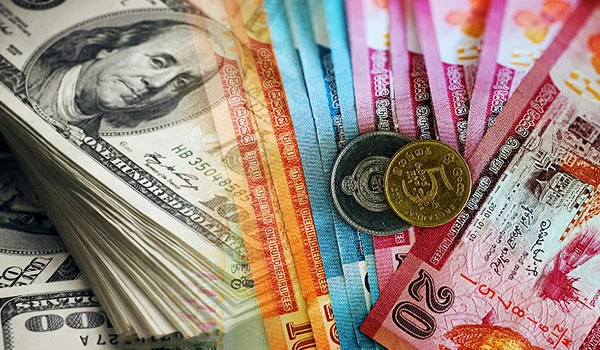Why Sri Lanka Should Embrace Solar Power? – In the sweltering heat of the tropics, where the sun beats down relentlessly year-round, Sri Lanka sits on a goldmine of untapped renewable energy. With average solar irradiance levels exceeding 5 kWh/m² per day among the highest in South Asia the island nation has the potential to power homes, businesses, and industries sustainably. Yet, despite this bounty, progress in solar adoption has been stymied by inconsistent government policies, bureaucratic hurdles, and a heavy reliance on imported fossil fuels.
As global models like Australia’s innovative solar-sharing initiatives demonstrate, the path to energy independence doesn’t always require top-down mandates. For Sri Lankans, the benefits of solar power are too compelling to ignore, even in the face of governmental inertia. This piece explores how everyday citizens, communities, and private sectors can drive a solar revolution, turning sunshine into savings, security, and sustainability.
The Solar Promise: A Tailored Fit for Sri Lanka’s Energy Woes
Sri Lanka’s energy landscape is a tale of vulnerability. The country imports over 70% of its energy needs, leaving it exposed to volatile global oil and coal prices. Recent crises, including fuel shortages and blackouts, have underscored the fragility of this model. In contrast, solar energy offers a decentralized, resilient alternative. Rooftop installations could generate up to 20 GW of power enough to meet domestic demand and export excess to the grid, according to estimates from the International Renewable Energy Agency (IRENA).
Imagine households in Colombo’s bustling suburbs or rural hamlets in the hill country fitted with solar panels. During peak daylight hours, these systems could produce surplus electricity, slashing electricity bills by 30-50% for adopters. For low-income families, this translates to real relief: a modest 3kW system could save a family LKR 50,000-100,000 annually, freeing up funds for education or healthcare. Businesses, from tea estates in Nuwara Eliya to garment factories in Katunayake, could offset operational costs, boosting competitiveness in a post-pandemic economy.
Moreover, solar aligns perfectly with Sri Lanka’s geography. Unlike wind or hydro, which depend on seasonal monsoons, solar thrives in the dry zones and coastal belts, providing consistent output. By shifting energy use; charging electric vehicles or running appliances midday consumers could mimic successful load-balancing strategies seen elsewhere, minimizing waste and stabilizing the national grid without massive infrastructure overhauls.
Navigating Government Hurdles: Community-Led Solutions Take Center Stage
It’s no secret that Sri Lankan policymakers have dragged their feet on renewables. Net metering policies, introduced in 2019, allow excess solar power to be fed back to the grid for credits, but caps on installation sizes (5kW for households) and slow approval processes deter widespread uptake. Subsidies for fossil fuels persist, while renewable incentives remain paltry. The Ceylon Electricity Board (CEB) has ambitious targets – 20% renewables by 2030, but implementation lags, with solar contributing less than 5% of the energy mix as of mid-2025.
Yet, history shows that progress need not wait for official green lights. In the absence of robust support, grassroots movements and private innovation can fill the void. Community solar cooperatives, where neighbors pool resources to install shared arrays, have gained traction in rural areas like Anuradhapura. These models bypass individual upfront costs (often LKR 500,000-1 million for a basic setup) through microfinance partnerships with banks like NDB or People’s Bank, which offer green loans at competitive rates.
Private sector players are stepping up too. Companies like WindForce and JLanka Technologies provide turnkey solar solutions, including battery storage to combat evening shortfalls. For urban dwellers, portable solar kits affordable at LKR 20,000-50,000 are emerging via e-commerce platforms, empowering apartment residents to generate their own power. Even in the informal economy, street vendors and smallholder farmers are adopting off-grid solar lanterns and pumps, reducing diesel dependency and cutting emissions that exacerbate climate-vulnerable monsoons.


Economic and Environmental Wins: A Brighter Future Beckons
The ripple effects of solar adoption extend far beyond individual wallets. Economically, scaling up could create 50,000 jobs in installation, maintenance, and manufacturing by 2030, per a 2024 Asian Development Bank report, vital for youth unemployment hovering at 25%. It would also curb the LKR 300 billion annual fossil fuel import bill, bolstering foreign reserves strained by debt repayments.
Environmentally, the stakes are existential. Sri Lanka’s coastal ecosystems and biodiversity hotspots face rising sea levels and erratic weather, amplified by fossil fuel pollution. Solar, with near-zero operational emissions, could slash CO2 output by 10 million tons yearly if 10% of rooftops go solar. This aligns with national commitments under the Paris Agreement and positions the country as a regional green leader, attracting eco-tourism and climate finance from bodies like the Green Climate Fund.
Critics might argue that without government backing, adoption will be uneven, favoring the affluent. Fair point but targeted interventions can level the field. NGOs like the Sarvodaya Shramadana Movement are piloting solar microgrids in off-grid villages, proving that philanthropy and public-private partnerships can democratize access. Advocacy groups could push for policy tweaks, like expanding net metering caps or tax rebates, through citizen petitions and parliamentary briefings.
Call to Action: From Policy Pressure to Personal Power
Sri Lanka’s solar potential isn’t a distant dream it’s a daily reality, waiting for bold action. While waiting for the government to catch up, let’s empower ourselves.
- Homeowners: Audit your roof and explore financing options.
- Communities: Form solar collectives to negotiate bulk deals.
- Businesses: Integrate photovoltaics into CSR strategies for branding and bottom-line gains.

The sun doesn’t discriminate; neither should our energy future. By drawing inspiration from global successes and leveraging local ingenuity, Sri Lankans can illuminate a path to self-reliance. The question isn’t if solar will transform our island, it’s how quickly we seize the rays.
What are your thoughts on accelerating solar in Sri Lanka? Share in the comments. For more on public affairs, subscribe to Ceylon Public Affairs.












